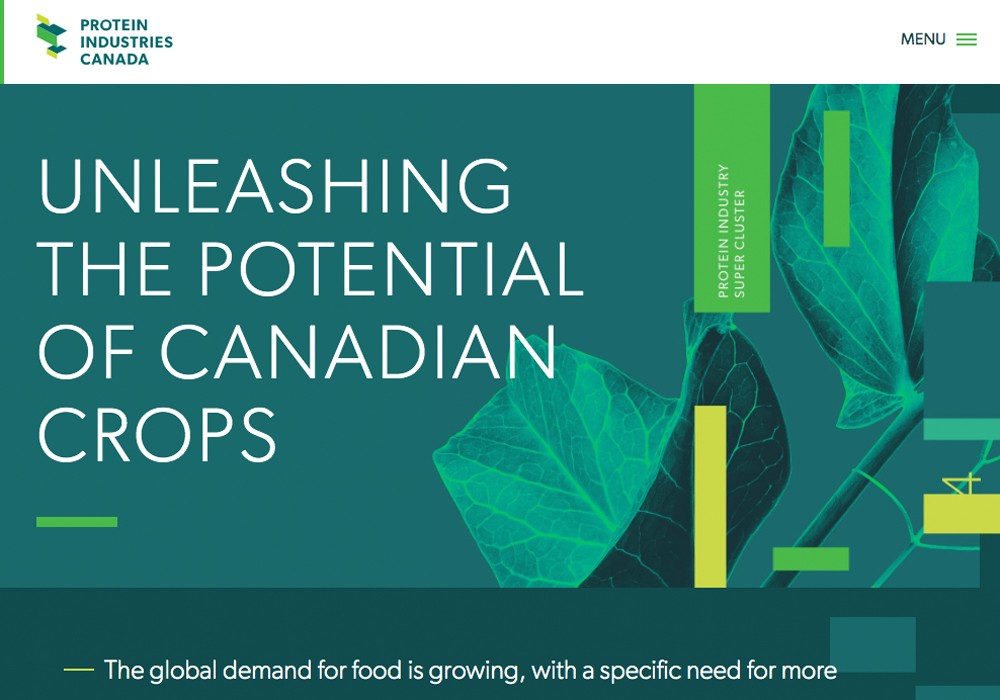Elections can bring out the truth of a party’s intentions, but often the most ideological elements of a political group remain hidden from the larger population until after it has won the election.
Last week, the Conservatives showed some of their true colours when taking a run at the research superclusters, suggesting they are somehow subsidy programs for industry.
Few things could be further from the truth and one hopes it was merely a misunderstanding. However, given Conservative party leader Andrew Scheer’s position and his desire to be Canada’s next prime minister, and considering that the protein supercluster is in his backyard of Saskatchewan, this excuse is not acceptable.
Read Also

Proactive approach best bet with looming catastrophes
The Pan-Canadian Action Plan on African swine fever has been developed to avoid the worst case scenario — a total loss ofmarket access.
Scheer said that if elected, his government would cut at least $1.5 billion in “corporate-welfare handouts” including the Regina-based plant protein organization that supports research and commercialization of technologies related to those crops.
The five research superclusters developed through Innovation, Science and Economic Development Canada were chosen by industry experts in competitive processes to create the incentives to drive research that would likely not have been undertaken by industry alone.
Scheer’s criticism of the superclusters, in what appears to be an attempt to find $1.5 billion to pay for tax cuts in the Conservatives’ election platform, are that the programs are “not evaluated for any type of performance criteria.”
Matching industry investments for the $950 million are required for projects to be eligible for funding and federal department oversight adds to the scrutiny.
Additionally, public research funding that would have been invested in traditional academic and government agency projects has been directed to supercluster programing. Eliminating that would see cuts to agriculture and food research overall and reduce research positions and lab seats in agriculture.
At this point, more than 100 business participants are involved in the application process for plant protein research and development. They are seeking to leverage the public money and the best researchers in the nation.
Any measure of success in research is made not only by commercial outcomes, but also through the research capacity that is built in the process. This creates overall potential for the agricultural economy as new scientists are grown and employed, new institutes funded and non-supercluster projects attracted.
Private investment alone will not build the sector, in the same way that private investment alone will not breed minor crops for Western Canada.
Businesses will take their investment dollars and put them where they can find the most leverage, and those jurisdictions will see industry benefits.
It is naïve to presume that the world operates any other way. Governments in Canada and elsewhere have cut research funding on the basis that science must partner with business or perish.
Investments such as the synchrotron in Saskatoon and the research park at the University of Saskatchewan where it resides are examples of government-led financing that have resulted in the types of science necessary to improve the agricultural economy of Canada, especially in the West.
We can continue to grow the crops, but without adding value to them, we remain at the mercy of trade negotiations and currency exchanges.
Scheer should keep in mind the longer-term impacts and detrimental effects to the broader economy that would likely follow any cuts made to these research arrangements.
Karen Briere, Bruce Dyck, Barb Glen, Brian MacLeod and Michael Raine collaborate in the writing of Western Producer editorials.

















